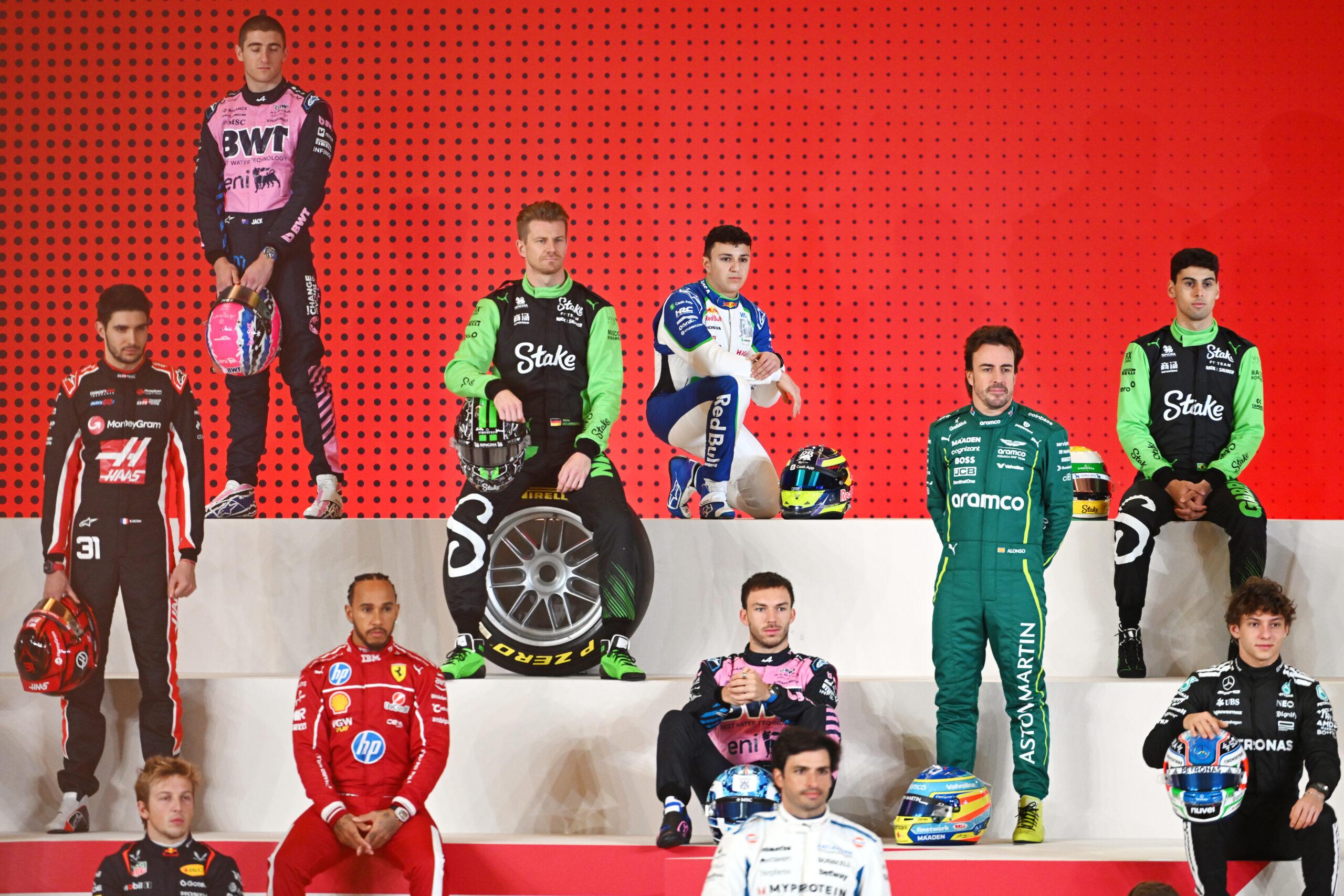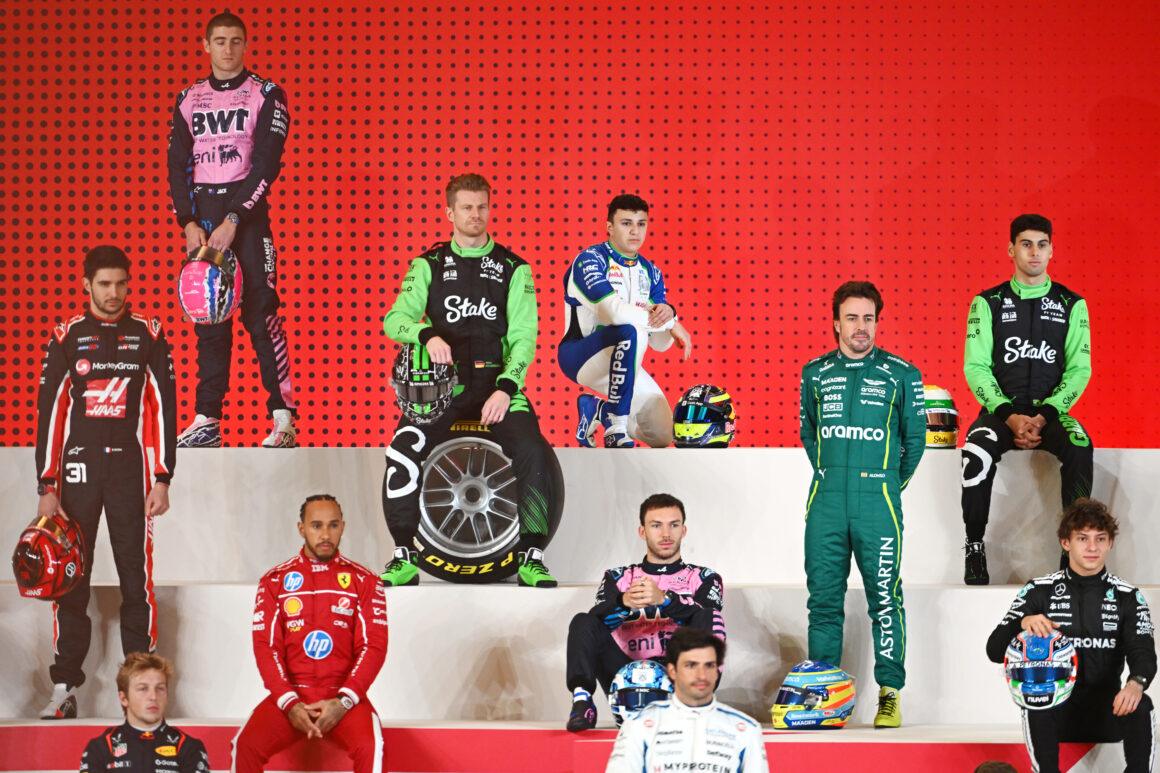Fuel in Formula 1 isn’t just numbers on a fuel rig. It’s lap time, race strategy, and sometimes pure humiliation when a driver coasts to a stop. Since the hybrid era began, fuel has gone from afterthought to kingmaker. Manage it well and you win. Misjudge it and you’re collecting disappointments like they’re Pokemon cards.
Modern F1 is built around strict fuel flow limits and efficiency mandates. Teams don’t simply “fill it up and send it.” They model consumption by the gram, blend electrical deployment with combustion, and pray the weather doesn’t pull a fast one. Welcome to fuel chess at 300 km/h.
The Rules That Rule Everything: Flow Caps, Sensors, And Hybrid Reality
The 2014 hybrid revolution rewired how fuel dictates races. The FIA imposed a maximum fuel flow rate of 100 kg/hour during the race, policed by onboard sensors that sample at blistering frequency. Translation: no magic taps, no sneaky over-consumption, just razor-edged efficiency.
It’s not just flow. Hybrid Power Units turned fuel into one of two currencies. The internal combustion engine spends petrol; the electrical side prints free pace from energy recovery. Spend both wisely, and you’re golden. Mismanage it, and you’re defending like a lawn chair on a windy day.
How Teams Actually Save Fuel Without Crawling
Fuel efficiency isn’t code for slow. It’s code for clever. Today’s PUs combine turbo-hybrid ICEs with Energy Recovery Systems. They harvest energy under braking and redeploy it for overtakes or to save fuel without sacrificing speed. That’s free time. Everyone wants free time.
The trick is blending mechanical and electrical torque like a Michelin-star recipe. Teams target lift-and-coast points, optimize ERS deployment, and run aerodynamic trims that shave drag on the straights. Don’t like math? Tough. This is how races are won now.
Signature Moves: Hybrid Tricks Of The Trade
Drivers pull out their trademark energy games on demand. The ol’ Verstappen divebomb special? Backed by a fat battery. Hamilton’s “hammer time”? ERS turned up, fuel consumption tamed. Classic Alonso late-braking? Regenerate, rotate, run. The electrical boost is the move that makes other drivers question their career choices.
- Lift-and-coast: brake less, harvest more, extend stints without bleeding lap time
- ERS bursts: deploy to pass, recharge behind traffic, repeat
- Low-drag aero: fewer revs, less fuel, same top speed thanks to slip and volts
- Target deltas: hit fuel targets per lap, then unleash late when rivals fade
Race Day: Fuel Targets, Weather Drama, And Pit Wall Gambles
Race engineers set a fuel target per lap based on traffic, tire deg, and deployment plans. If a driver gets dragged into a dogfight, consumption spikes. If they sit in DRS, they sip. The goal? Arrive to the last five laps with juice to attack. Lights out and away we… oh wait, the leader already won.
Weather shows up like that friend who starts fights at parties. Rain cools the track, slashes consumption, and flips strategy. Heat pushes usage up as engines work harder and cars slide more. The wind? Today it’s apparently a Red Bull fan.
When Fuel Strategy Goes Sideways
Backmarkers often overfuel and turtle. Front-runners sometimes cut it fine and pray for Safety Cars. And when teams get it wrong? File this under: Yikes. Slowdowns, sudden lifts, and desperate battery dumps to cover the gap. Somewhere, a PR manager just had a minor stroke.
Historical callback time: a botched fuel save can look like peak 2009 “save everything” chaos, minus the Brawn fairy dust. The plot thickens like a strategist’s excuse list.
The Tech Under The Hood: Why Hybrids Changed The Game
Hybrid Power Units turned fuel into strategy gold. Turbocharging squeezes more work from less fuel. ERS-K harvests braking energy; ERS-H streamlines turbo efficiency. Each system buys lap time without drinking the tank. That’s how modern cars hit astonishing efficiency while chasing 1,000 horsepower territory.
Sensors check compliance hundreds of times a second to enforce the 100 kg/h cap. Teams dance right on the limit. Too conservative, you’re slow. Too aggressive, you’re in the steward’s office explaining “creative” interpretations of fuel flow reality.
Efficiency That Escapes The Paddock
This isn’t tech theater. Aerodynamic drag reduction and energy harvesting ideas show up in road cars. The trickle-down is real, even if the grid itself is just one percent of the sport’s footprint. Small slice, big signal.
Even logistics are getting leaner. Biofuel trucking and smarter freight mirror the on-track obsession with efficiency. Not sexy, but crucial. The sustainability scoreboard isn’t only decided on Sundays.
2026 And Beyond: More Volts, Smarter Fuel, Bigger Stakes
The future is clear: even more electrical muscle. The next-gen regs will crank MGU-K output roughly threefold, pumping around 350kW. That means less burn, more shove. Teams will wring performance from electrons while sipping the liquid gold. The competition? Reduced to expensive spectators.
And yes, sustainable fuels are marching in. Net zero by 2030 isn’t a sticker. It’s a roadmap. Expect fuels engineered for combustion efficiency and lower lifecycle carbon. Expect strategies designed to exploit it. Expect engineers smiling like bandits.
What Changes On Sundays
More electrical power reshapes how drivers attack. Longer ERS pushes. Deeper battery windows. Smarter harvesting behind traffic. Classic undercut-overcut games will now juggle tire delta, battery state, and fuel margin in a three-way cage match. Grab your popcorn, the pit walls are at it again.
If you thought fuel saving meant cruising, think again. It means picking when to be a missile and when to be invisible. It’s warfare by spreadsheet.
Strategy Matrix: How Teams Balance Pace, Fuel, And ERS
Each lap is a resource puzzle: fuel load, battery state, tire life, traffic. The fastest car balances all three without blinking. The rest? They react. Badly. Another masterclass in how NOT to manage trade-offs.
Want the cheat sheet? Here’s the playbook everyone copies, then bungles under pressure.
| Lever | Gain | Cost/Risk |
|---|---|---|
| Lift-and-coast | Lower fuel use, cooler brakes/engine | Vulnerable to divebombs if overdone |
| ERS attack laps | Overtakes, gap creation | Battery depletion, later defense pain |
| Low-drag setup | Top speed, fuel savings | Corner instability, tire heat |
| Running in DRS | Fuel and battery savings | Track position risk if safety car |
| Short-fueling | Lighter car, faster early pace | Aggressive saving later, safety car roulette |
Common Pitfalls: How Teams Beat Themselves
Over-targeting early, then begging the driver to save in a late-race brawl. Underestimating headwinds. Overheating on a tight rear wing. Classic. Did someone forget to account for the out-lap fight? Again? The plot thickens like strategy decks at 2 a.m.
There’s also the sensor tango. If your flow trace gets spicy, stewards don’t care about your vibes. They care about your numbers. Cross the line and you’re not just slow—you’re illegal. File that under: career-limiting emails.
The Bottom Line: Fuel Strategy Wins Championships
Fuel isn’t background noise. It’s the metronome. The best teams fuse flow limits, ERS deployment, aero efficiency, and weather reads into surgical race craft. Do it right and you send everyone else back to karting school.
As F1 leans into higher electrical power and smarter fuels, the gap between efficient and merely fast will grow. The winners won’t just be quick. They’ll be ruthlessly efficient. Lights out and away we… oh wait, they already won.

